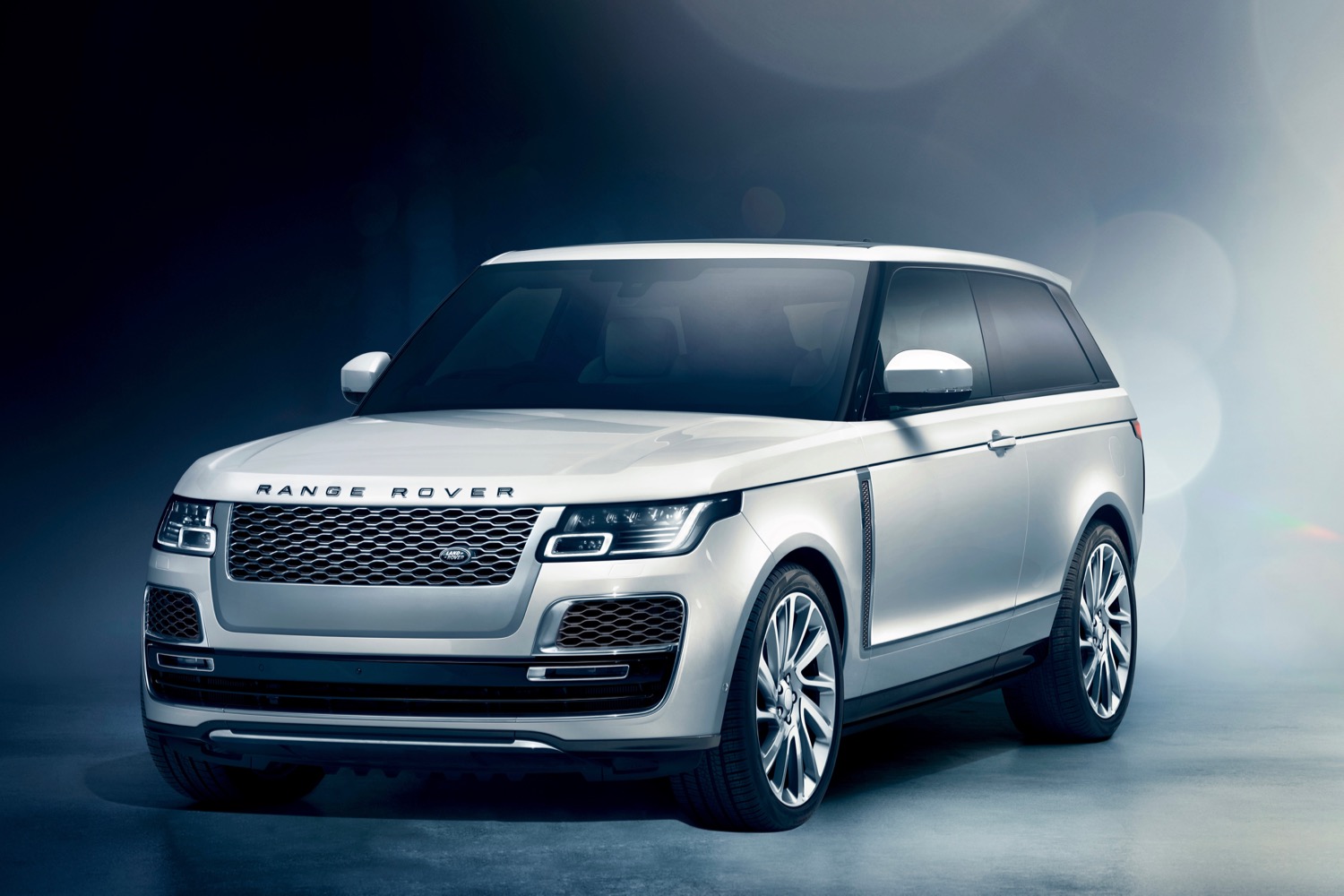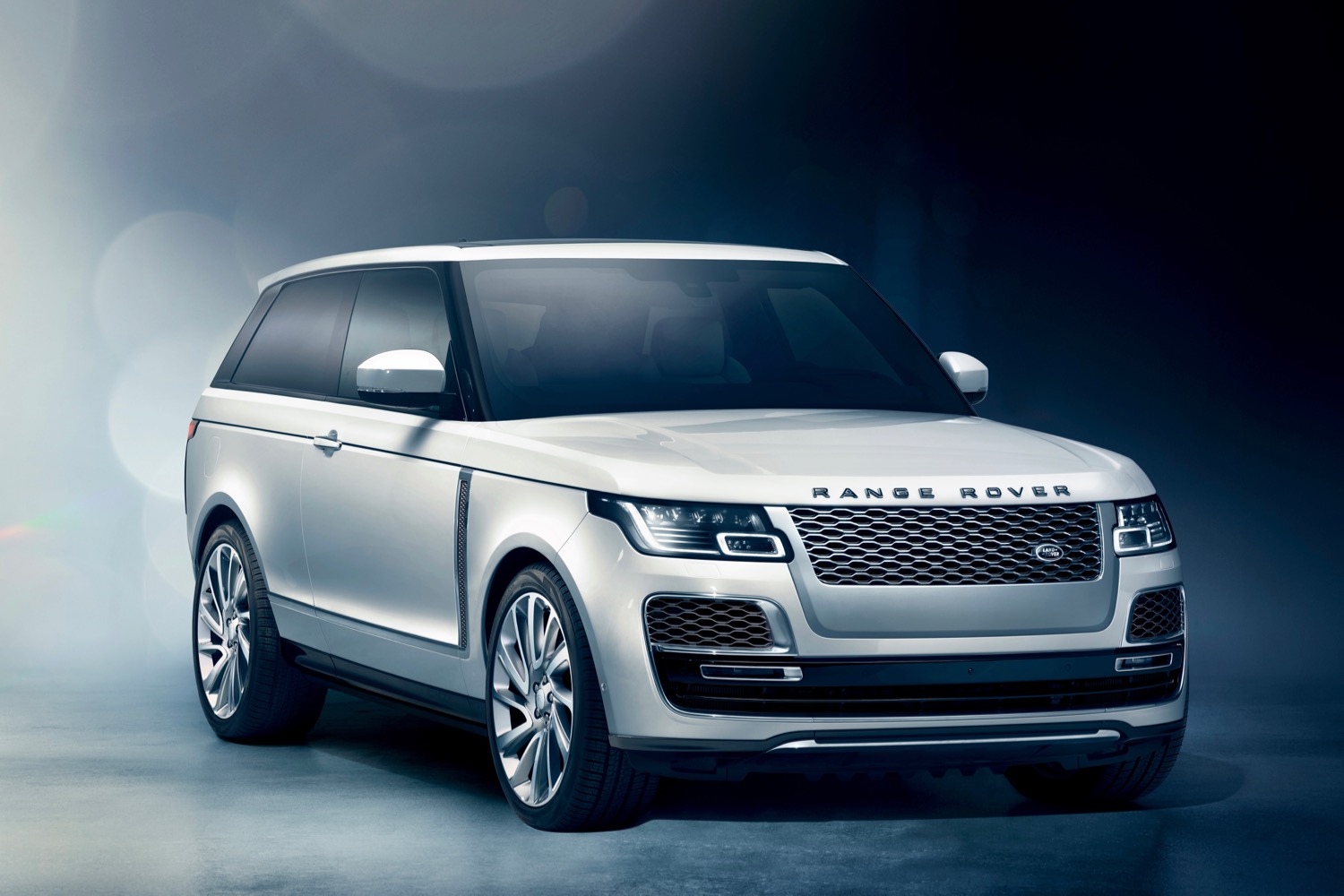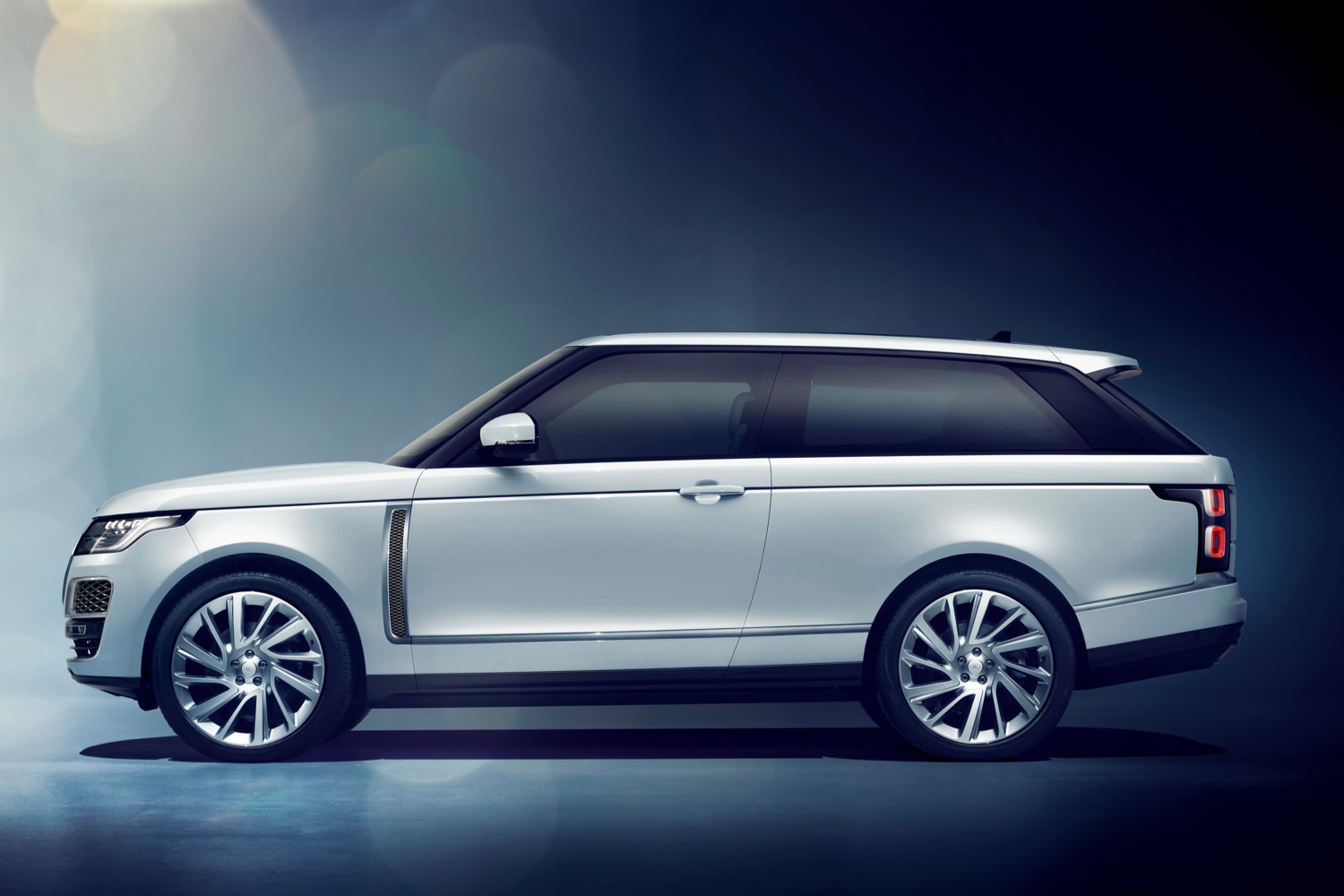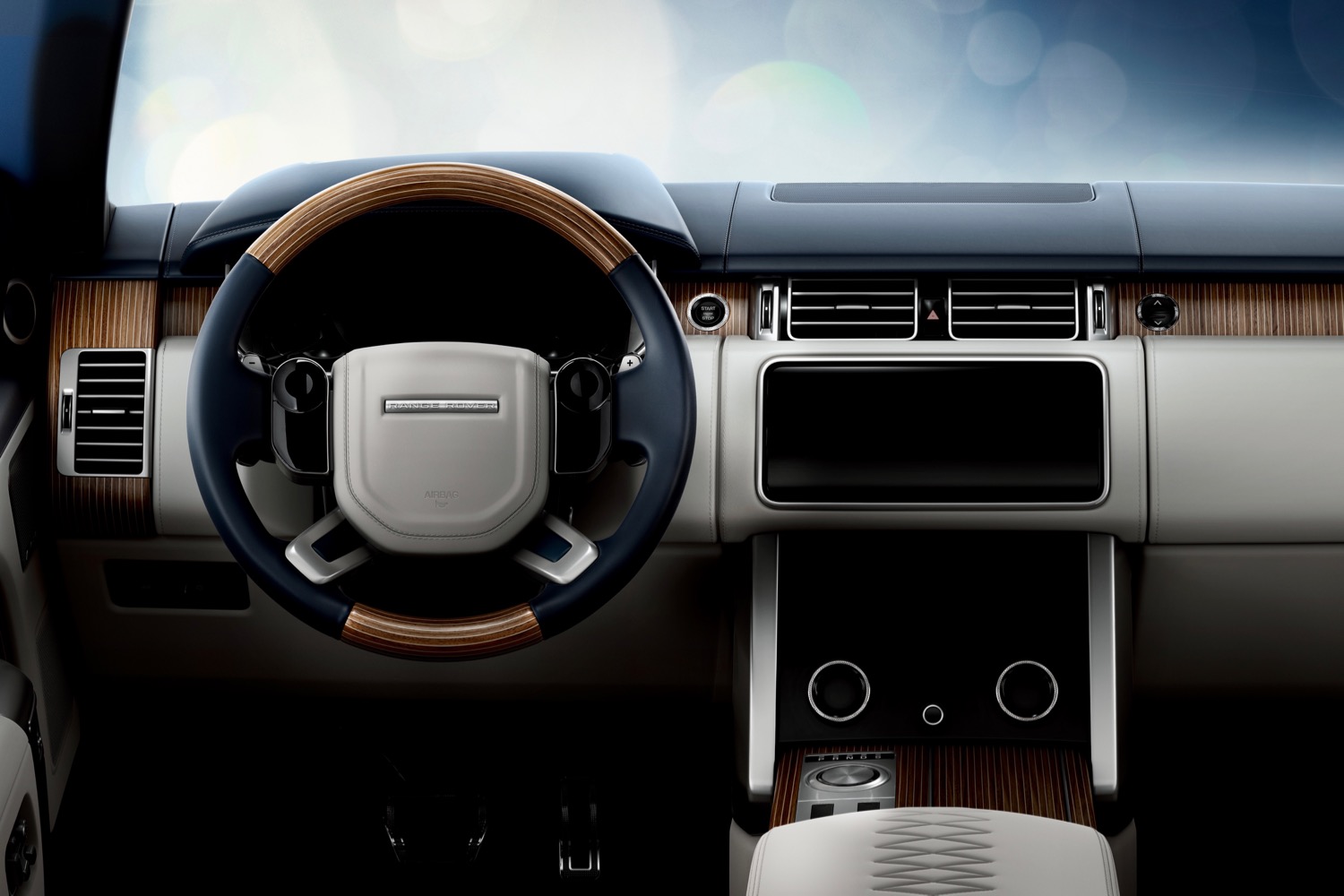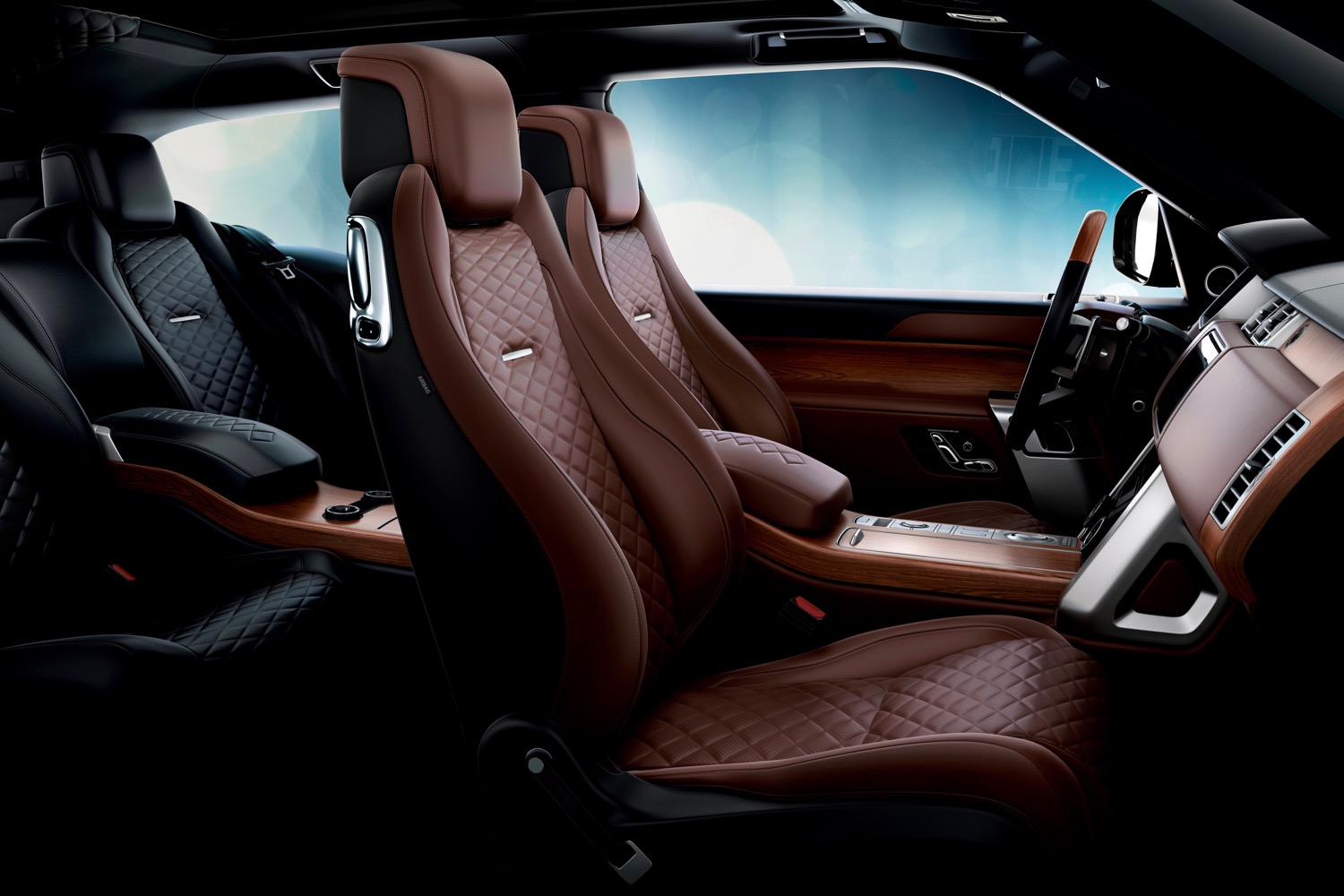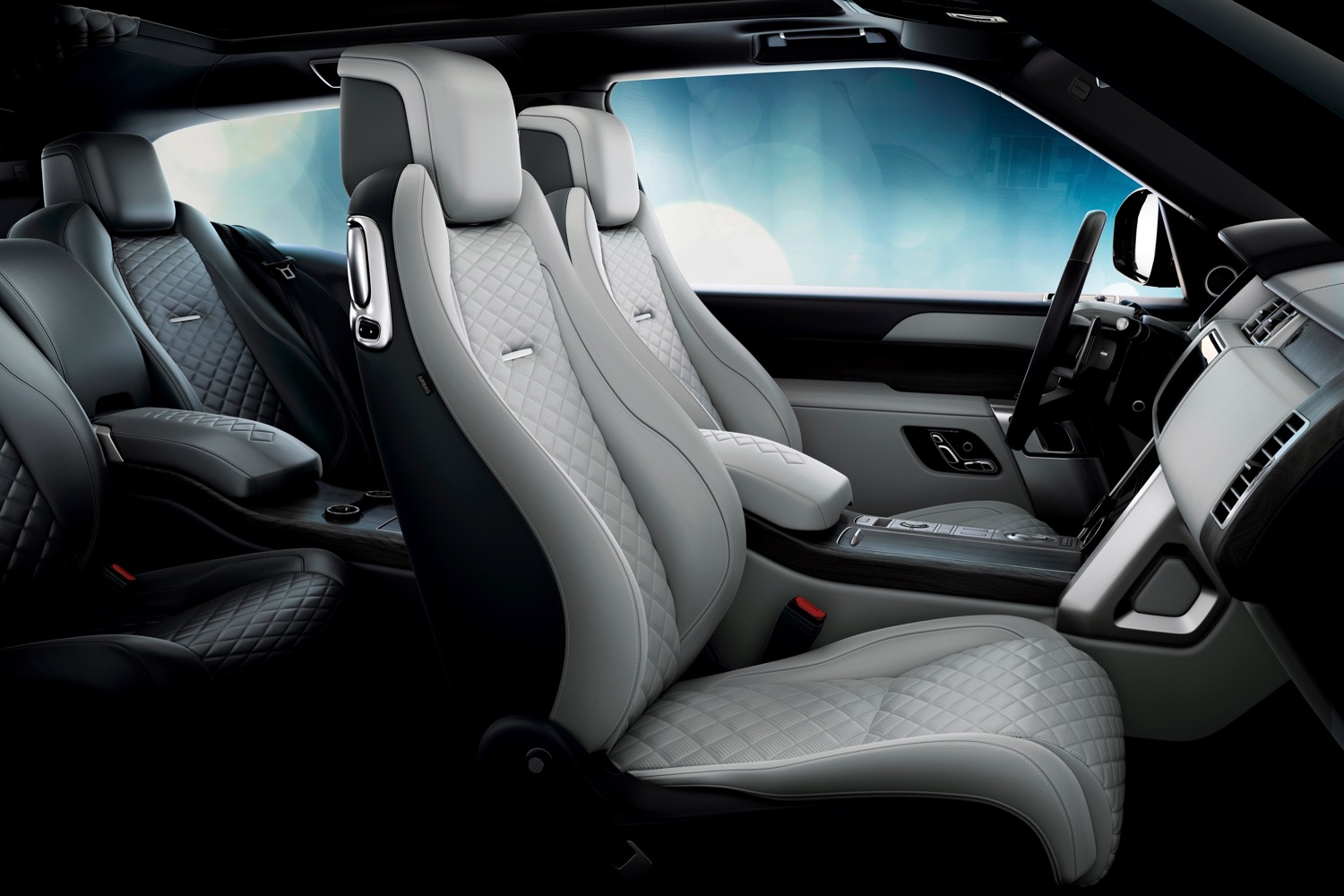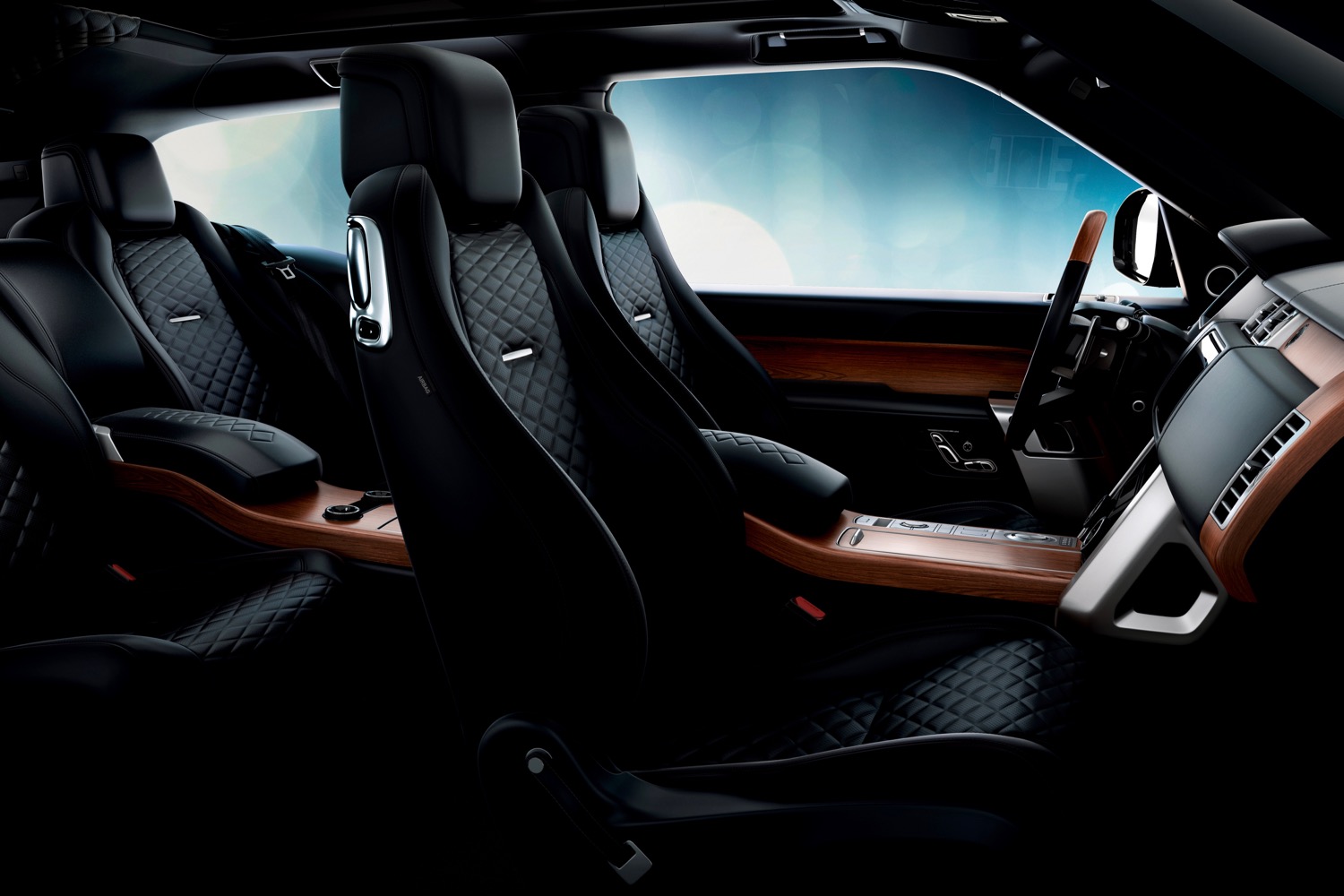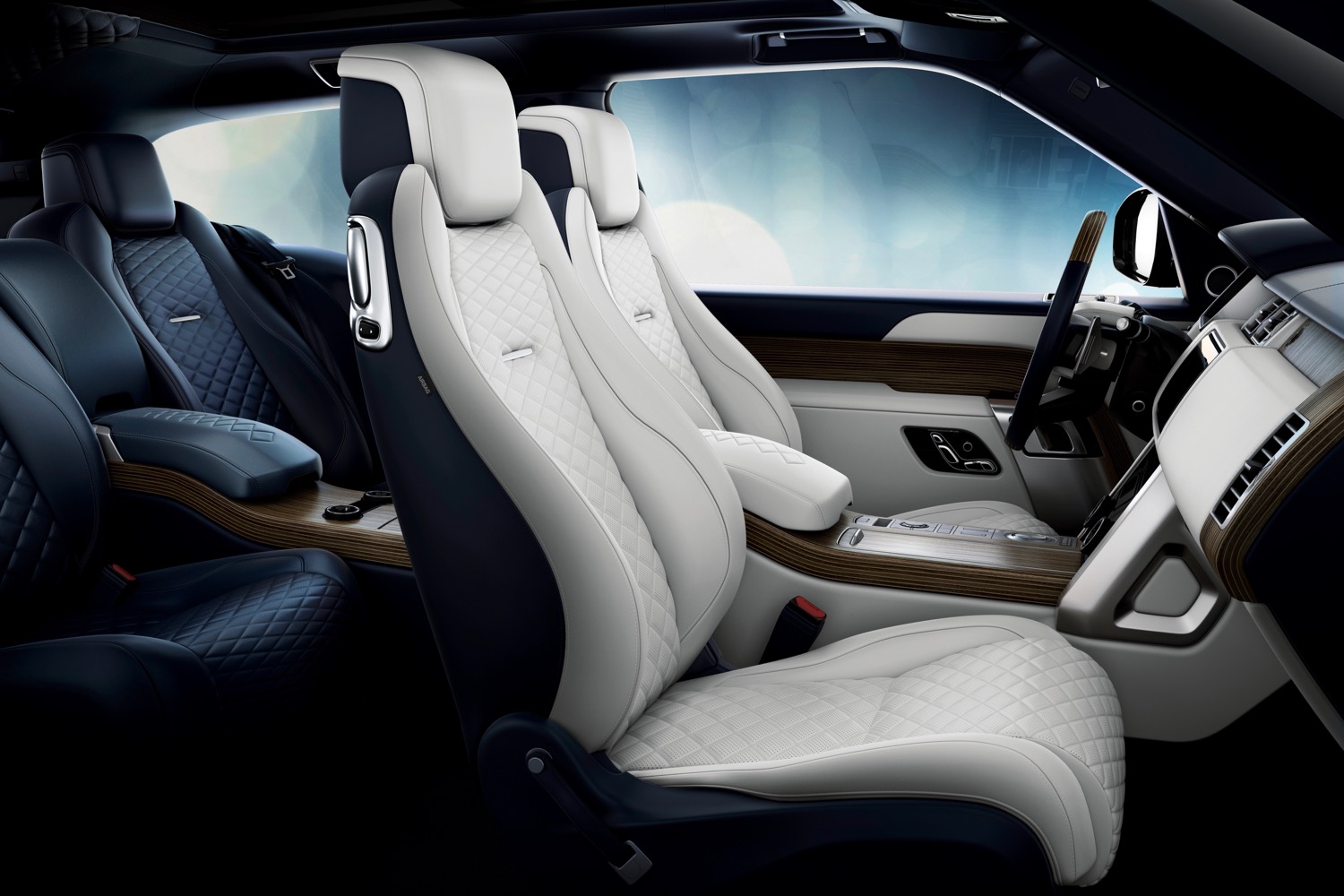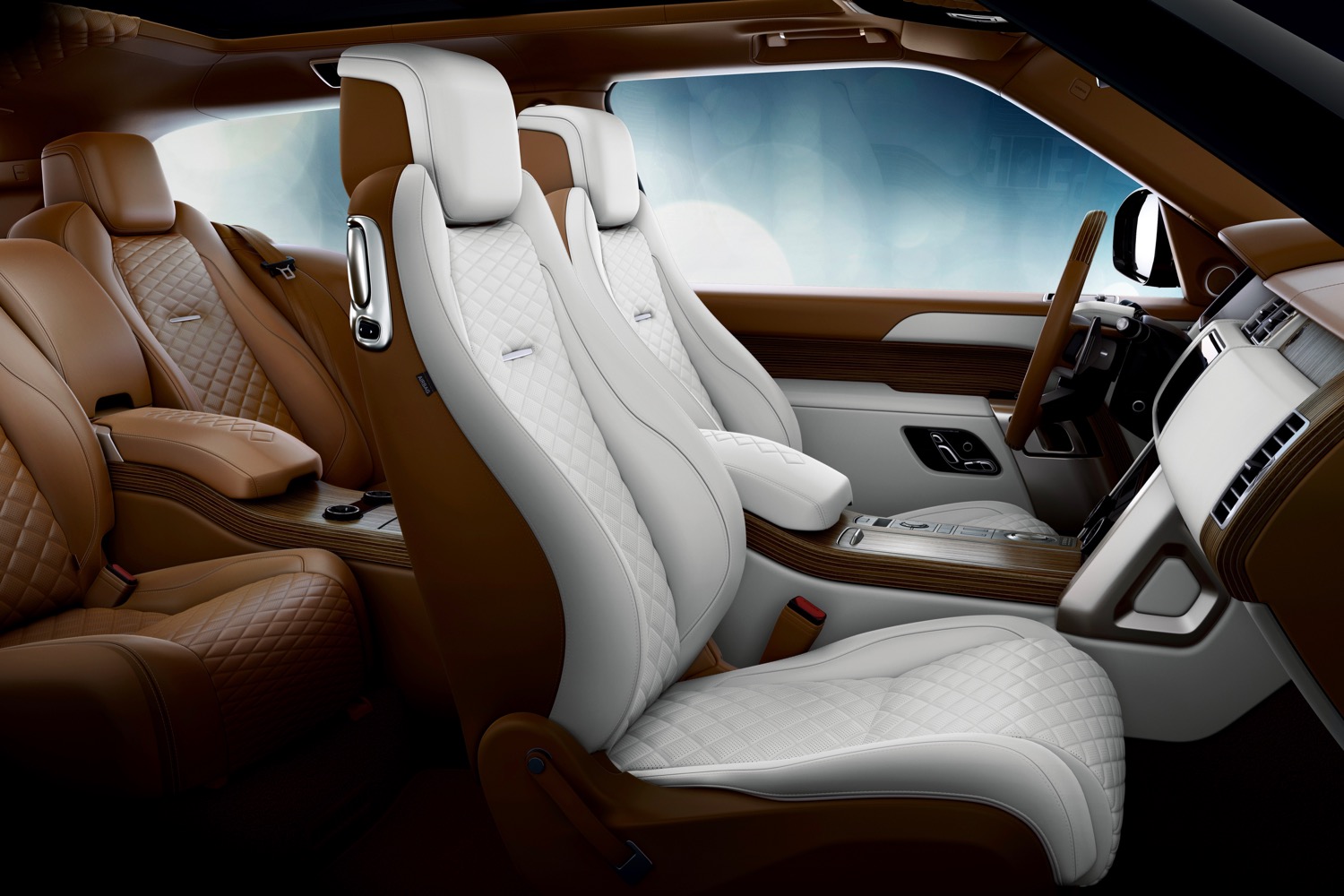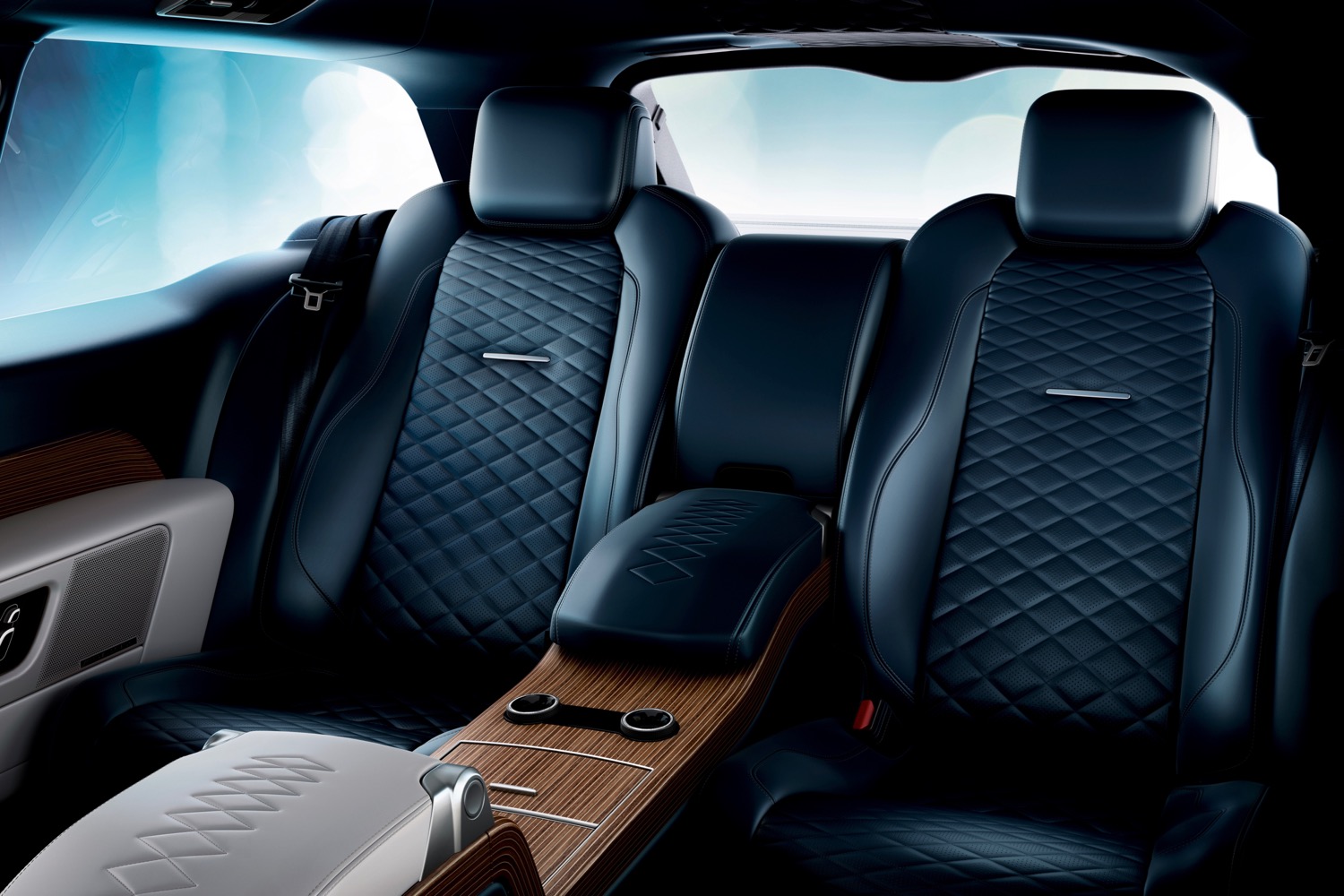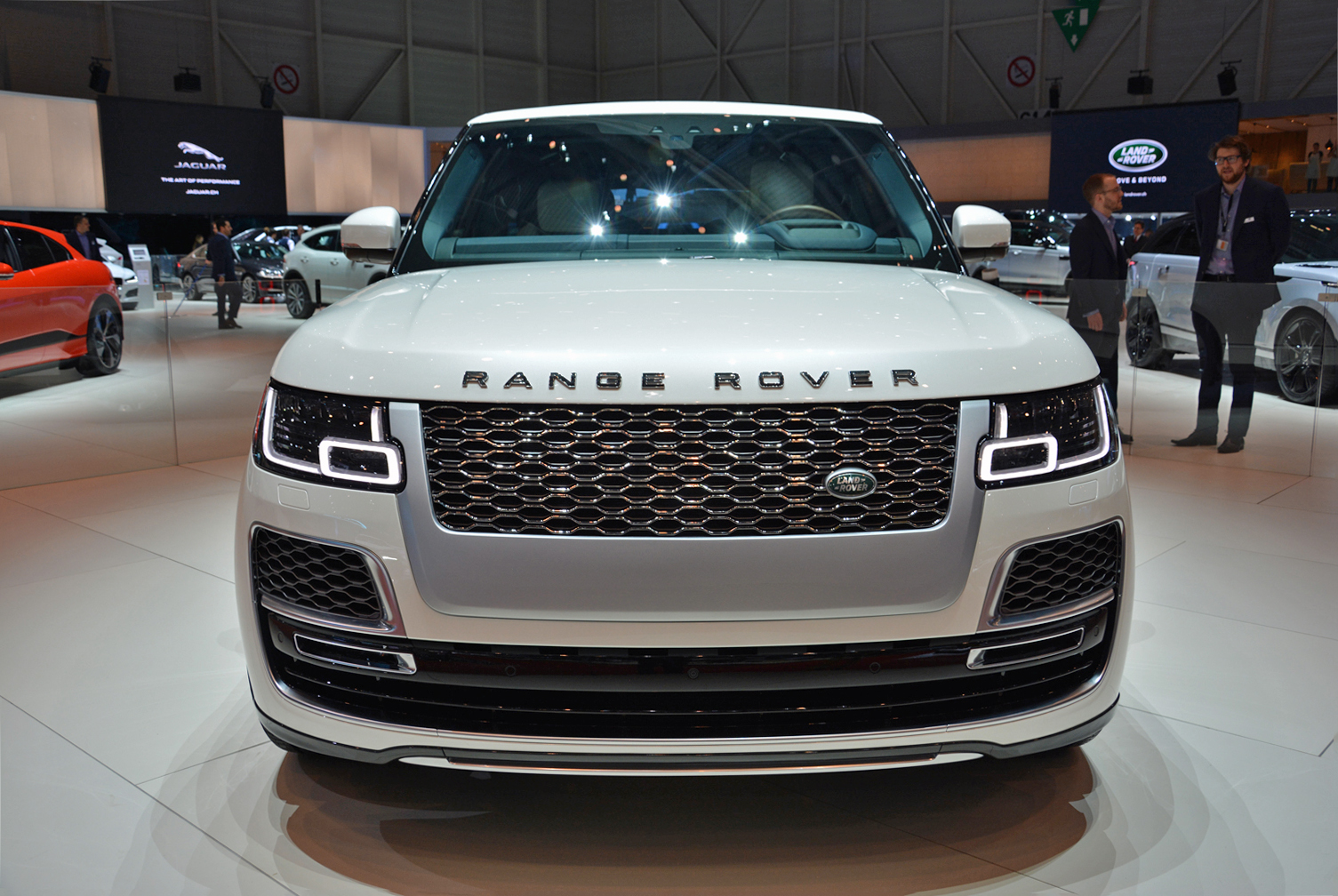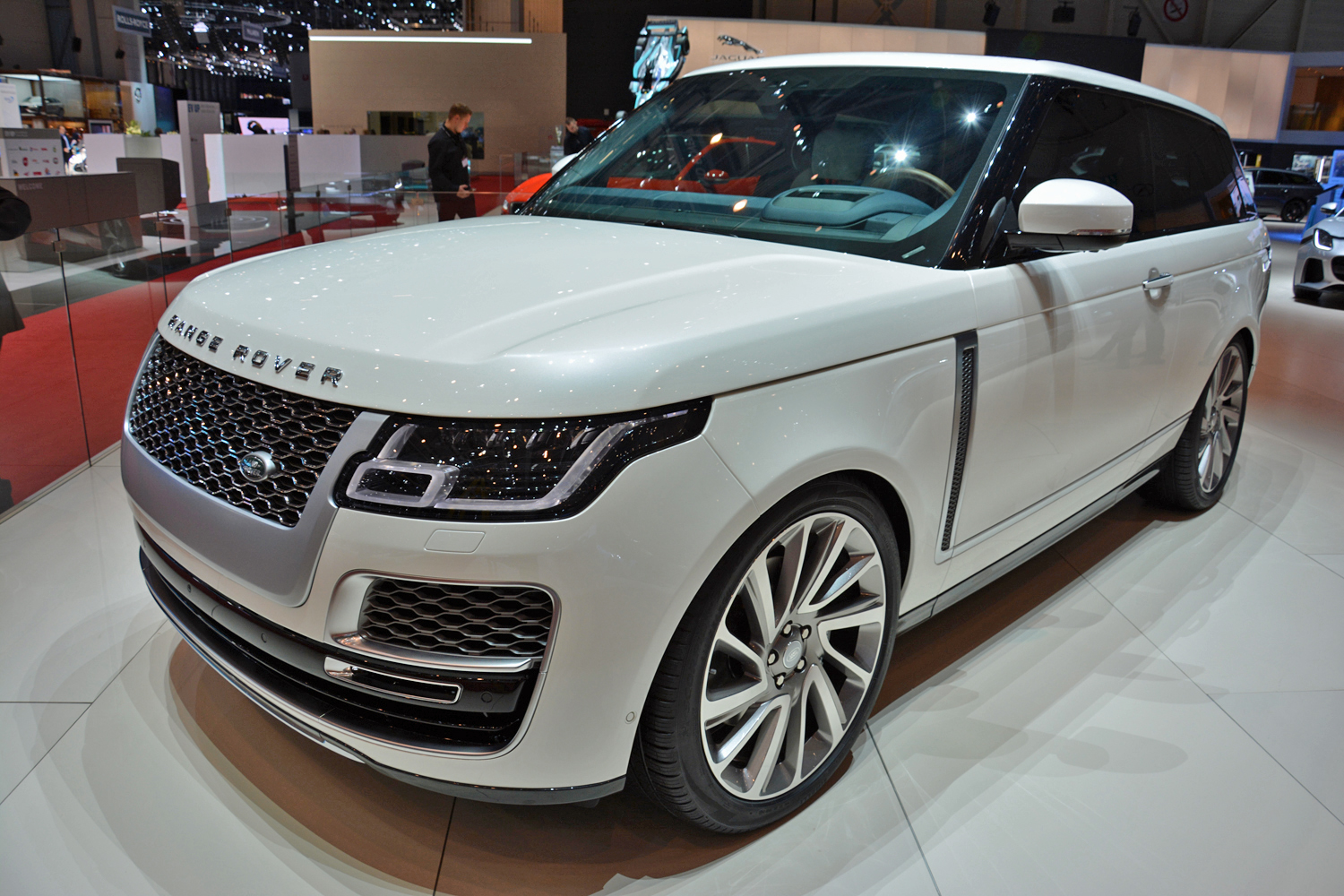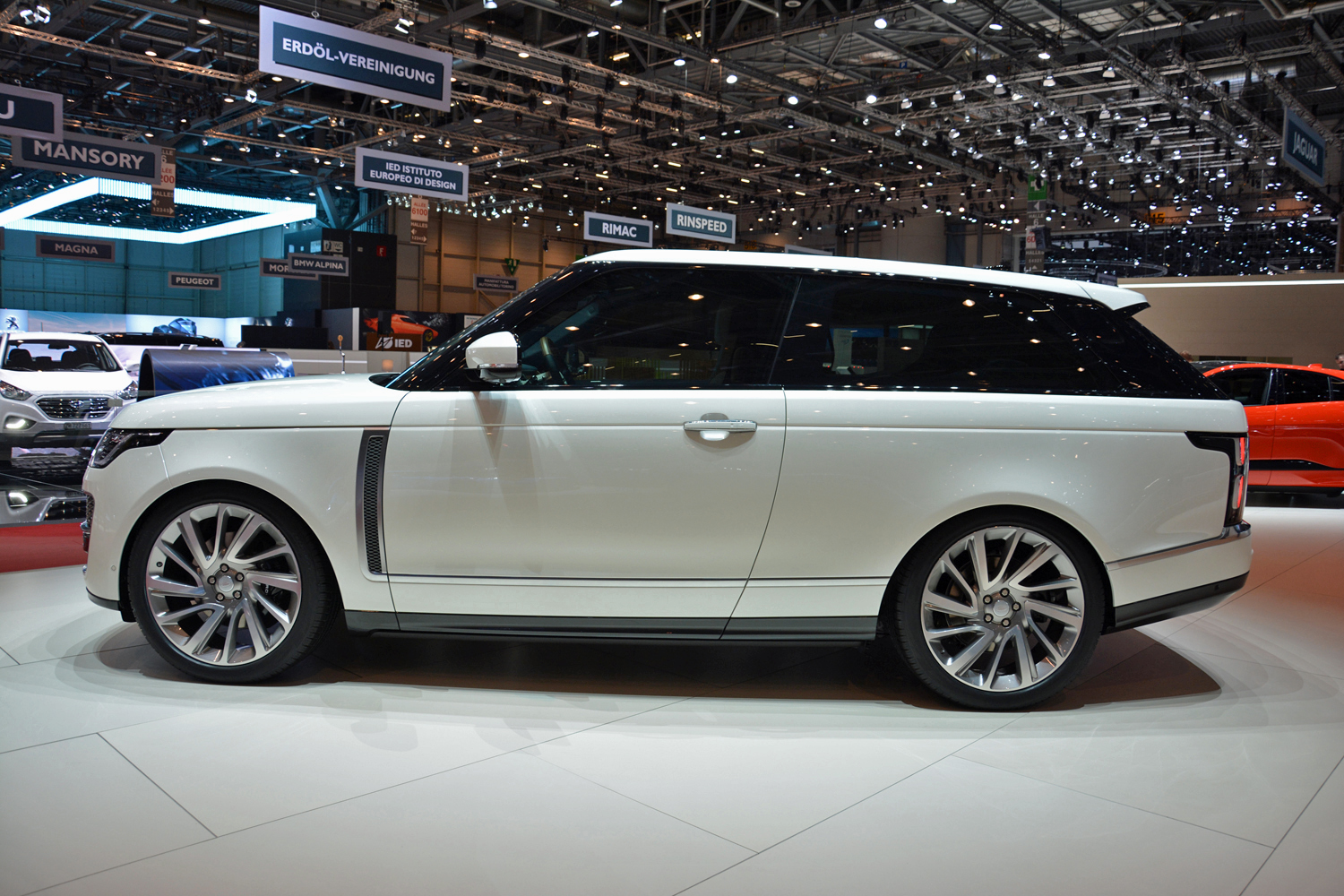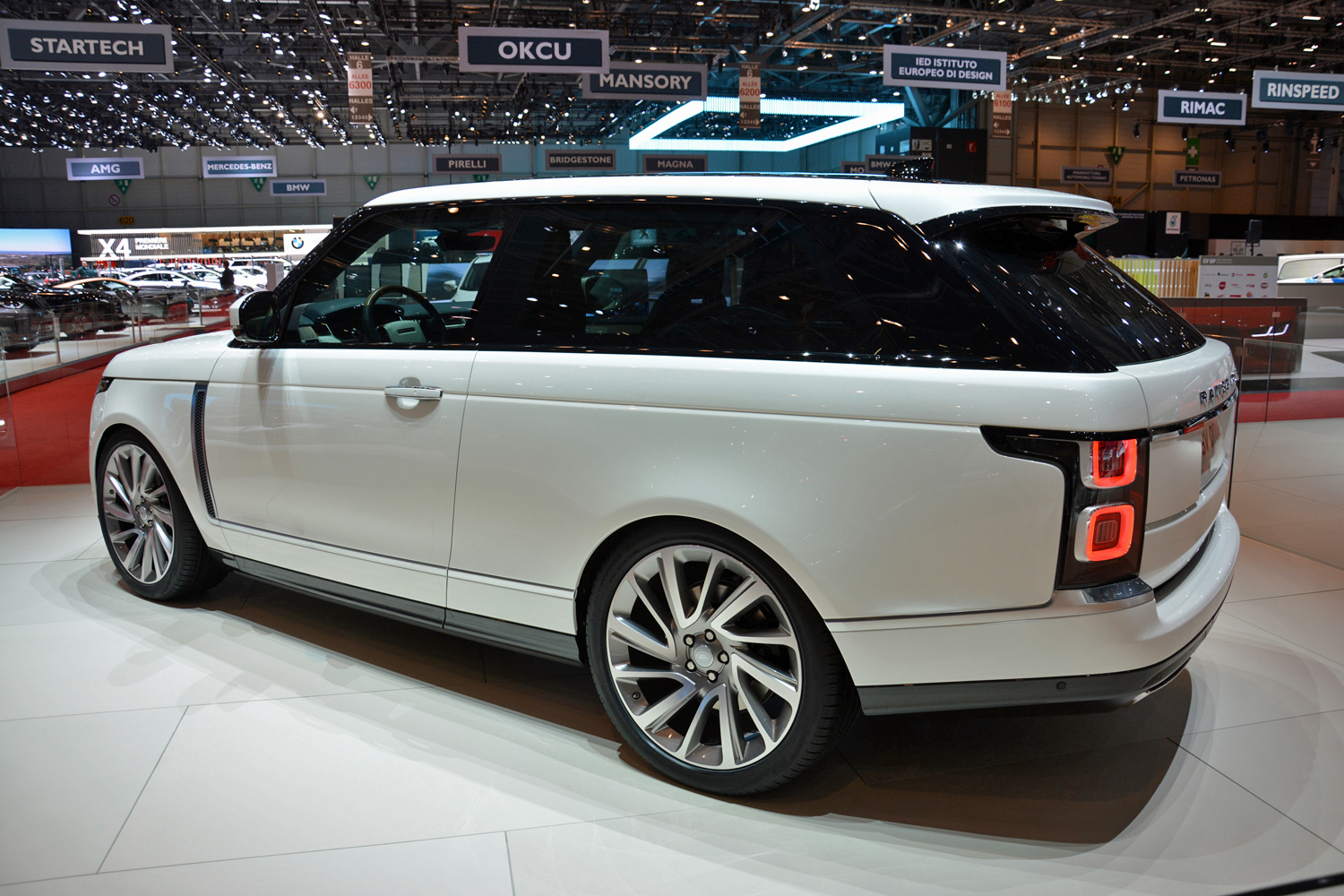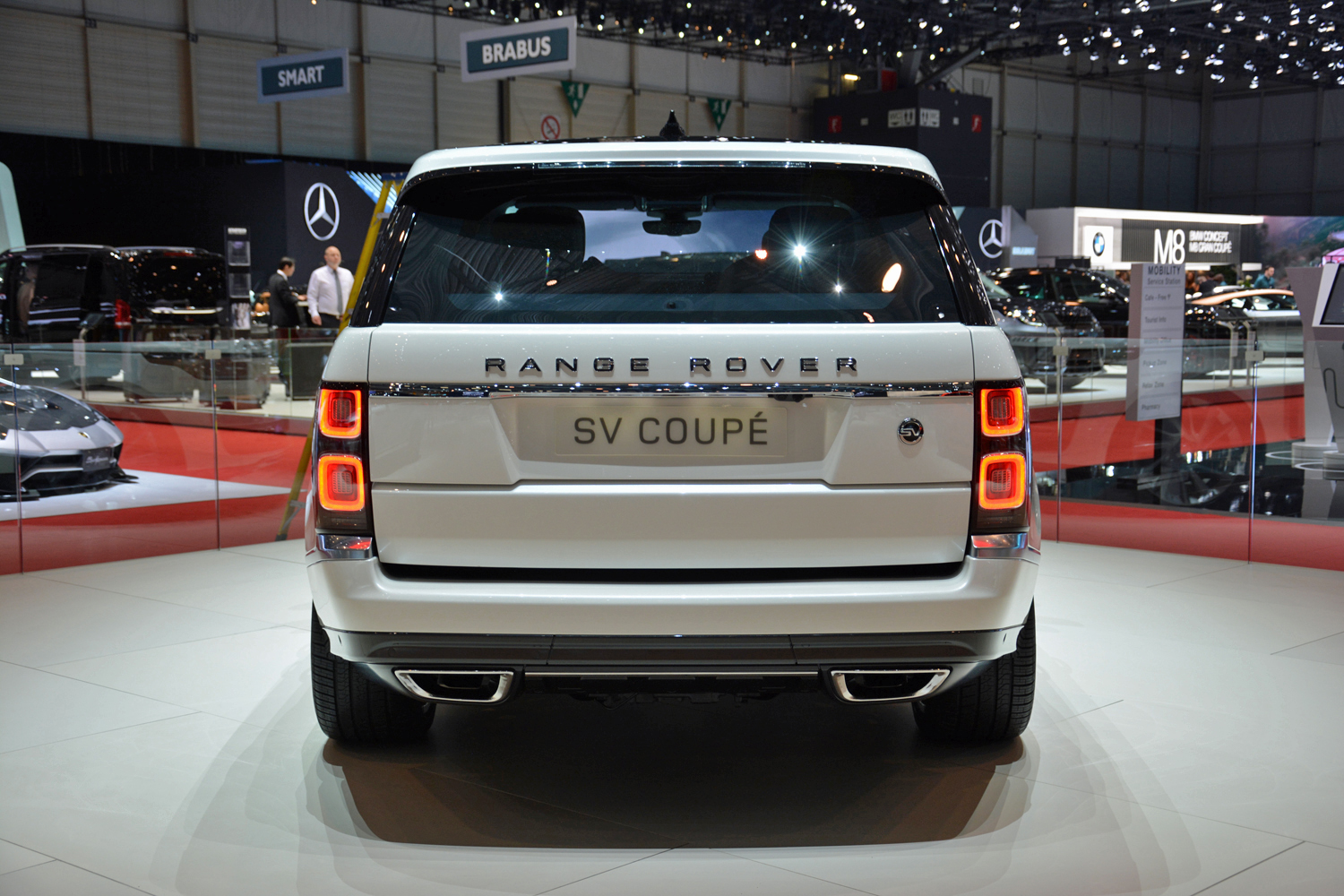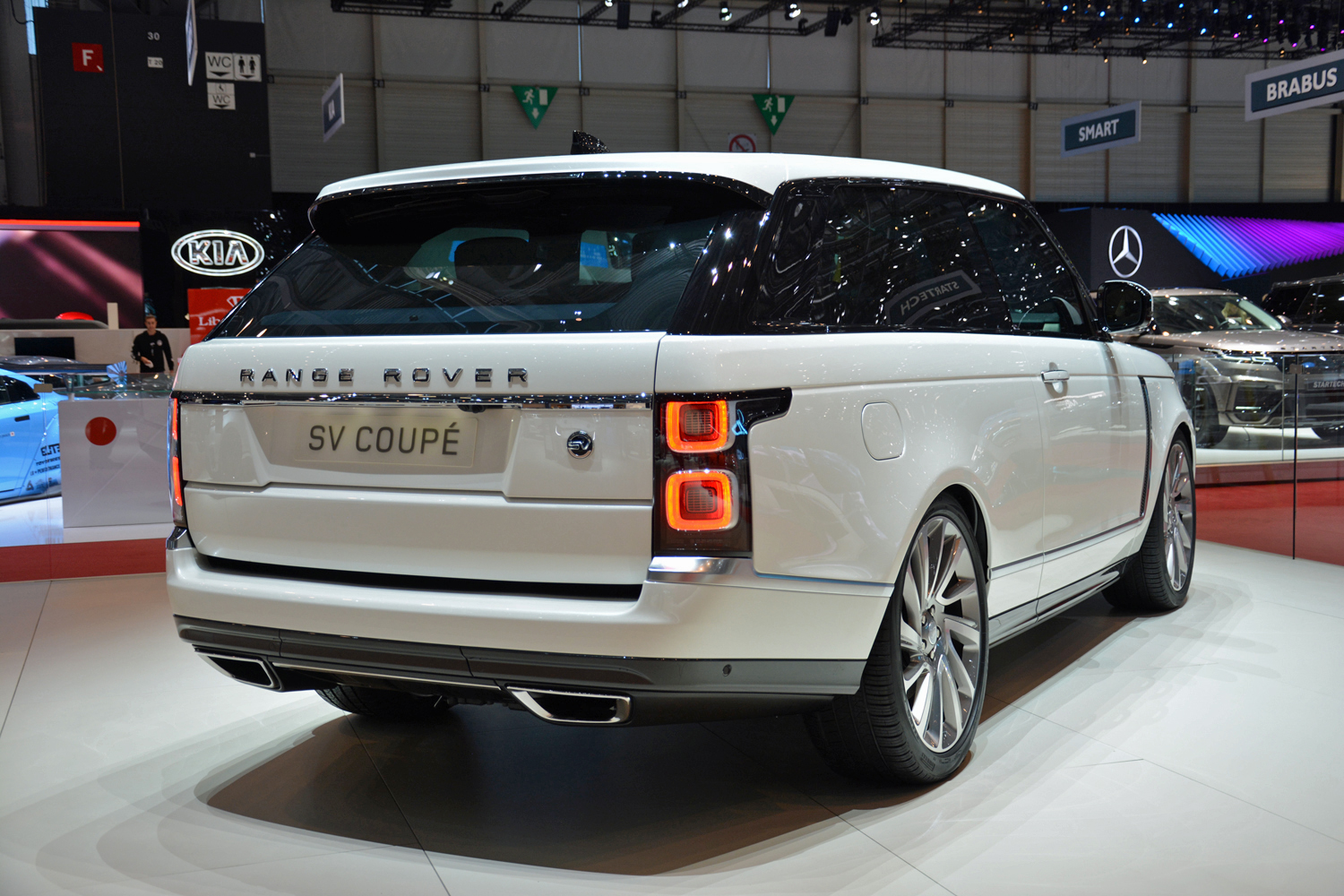Land Rover made waves at the 2018 Geneva Auto Show by releasing the first two-door Range Rover in decades. The British firm showed a stately, expensive-looking SUV built to celebrate its 70th anniversary and priced at a stratospheric $295,000. The 999 examples Land Rover planned on building could have elevated the Range Rover to the same plateau as the Rolls-Royce Cullinan, but none will see the light of day.
“We have taken the difficult decision to inform our customers that the Range Rover SV Coupe will not proceed into production. Instead, Land Rover is focusing its resources and investment on the next generation of world-class products,” a spokesperson told Road & Track.
British magazine Auto Express learned the decision to cancel the SV Coupe is not related to demand; the company had no problem convincing well-heeled motorists to buy a Range Rover for $300,000 or more. Instead, it decided not to move forward with the project because it needs to slash its operating costs in the wake of slowing sales.
The SV displayed in Geneva will remain a one-off model. No one will be able to own one, but we can still admire it. From the outside, it’s exactly what it sounds like: a Range Rover, minus two doors. Deleting the rear doors emphasizes just how big the current-generation Range Rover is; the body sides seem to go on forever. At least Land Rover chose wheels that fit the scale of this big SUV. Had it gone into production, it would have become the first Range Rover available with 23-inch alloy wheels.
The lone SV Coupe is powered by a 5.0-liter supercharged V8, which produces 557 horsepower and 516 pound-feet of torque and is bolted to an eight-speed automatic transmission. Land Rover claims the SV Coupe can do zero to 60 mph in five seconds flat and reach a top speed of 165 mph. That’s not bad for a big luxury SUV.
Land Rover also tweaked the suspension. The SV Coupe uses adaptive air suspension, with a standard ride height 0.31 of an inch lower than a regular Range Rover. Land Rover claims this improves on-road handling without sacrificing the Range Rover’s legendary off-road abilities. The suspension can be raised by up to 2.95 inches for off-roading (or lowered to make getting in and out easier). The SV Coupe sports a four-wheel drive system with locking rear differential and Land Rover’s Terrain Response 2 tech.
The cabin is covered in wood and leather, as one might expect in a high-end luxury sedan (or Land Rover’s own Range Rover SVAutobiography). Occupants lounge in heated and cooled seats (20-way power adjustable in front, 10-way in the rear) while listening to the burble of the V8, or the 1,700-watt, 23-speaker Meridian 3D Signature audio system. Hypothetically, anyway. As it stands, the SV Coupe will likely end up in a museum, often photographed but seldom used.
Editors' Recommendations
- Car climate controls are better with a knob, but Range Rover does digital right
- Check out this interactive simulator for upcoming Mars rover landing
- Mercedes-Benz’s electric EQC is one of the most affordable cars in its segment
- Land Rover Defender could become a life-size remote-control car
- Exclusive: How Land Rover’s designers resurrected the Defender

